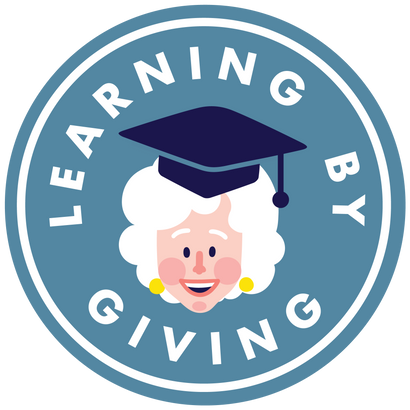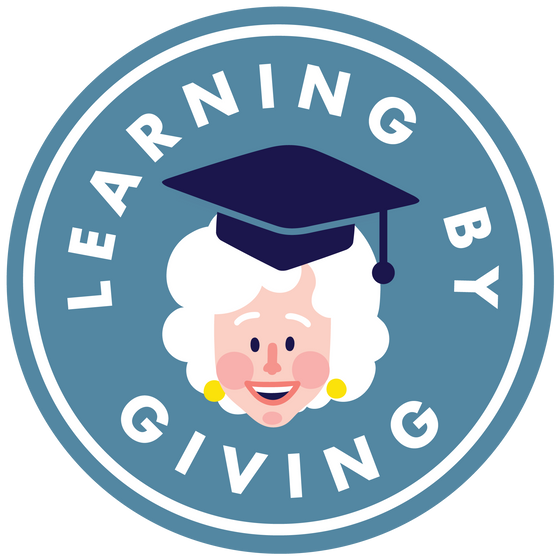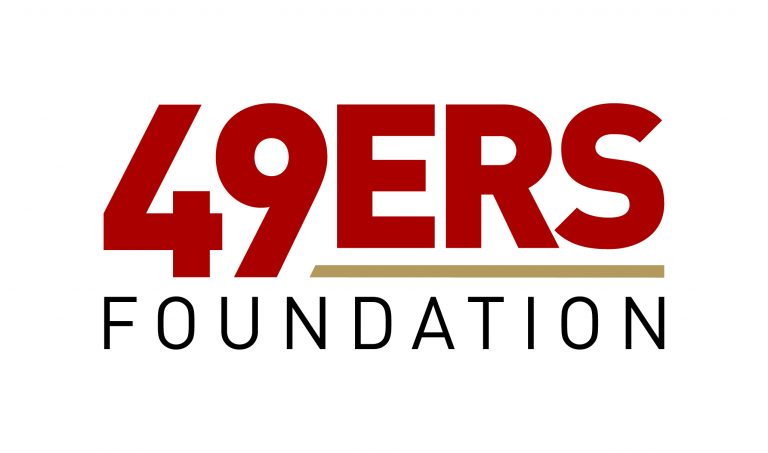By “model”, we mean the practical process through which you get students to narrow down their decision making (this process should underscore the learning objectives but also make it possible for them to make the funding-decision independently). In other words, how will you get students to narrow down the seemingly limitless numbers of nonprofits in the area to a specific non-profit to fund? What are the practical steps from which you get them to move from being novice students to writing grants checks like foundation members? There are many ways in which to do this; below are some thoughts to consider in order for you to determine what would create a beneficial experience for both the instructor and the students.
All models run parallel to the actual course content; students are learning about community change theories, while they are actively evaluating how effectively different organizations are implementing these theories. What is the mechanism by which you will get them to accomplish the latter?
- Open RFP based on a specific funding priority. Students choose a focus area, develop criteria and an application process, and announce the opportunity.
- Open RFP based on geographic area. All nonprofits in a defined catchment area are invited to apply. Students learn from the applications what issues are urgent in the community. Instructor may issue the invitation before the semester begins.
- Targeted invitation to apply based on funding priority. Students select a funding priority, develop an application, identify a number of eligible nonprofits, and invite a pool of of them to apply.
- Targeted invitation to apply based on course topic. Instructor or students identify nonprofits working in the area the course is focused on and invite them to apply.
- Students write applications as service-learning. Students work closely with a small number of nonprofits as grant writers to develop a proposal, then switch to being grant-makers. Selection of nonprofits may be determined by existing relationships with the university or professor or the course topic, but not usually by the students choosing a funding priority because the arrangements have to be made well in advance of the course.
Next Steps - which model is the right fit for whom?





